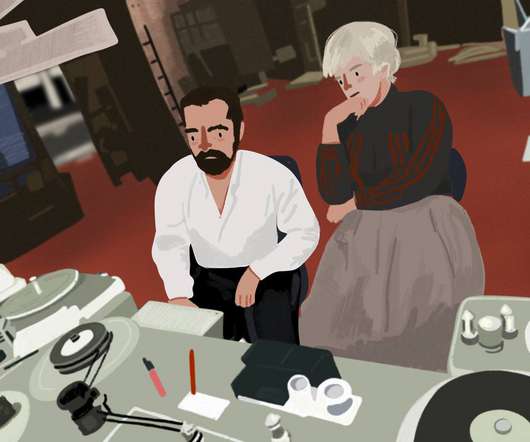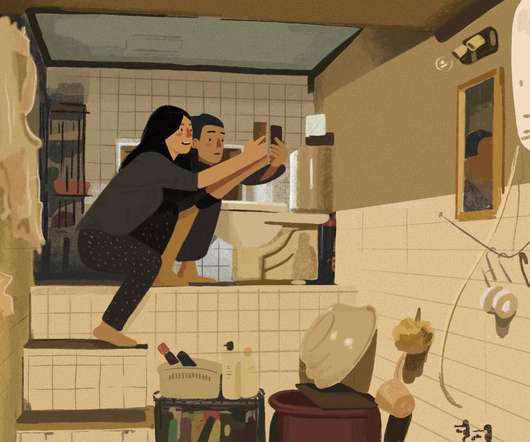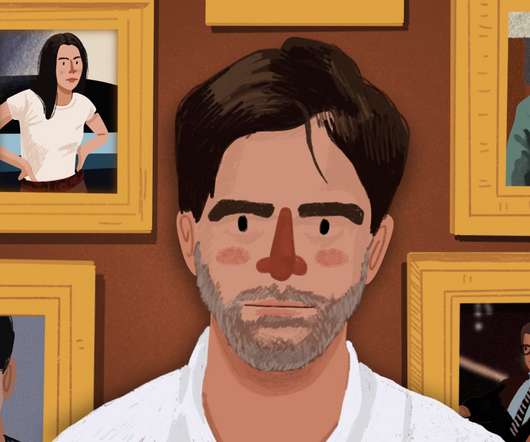Essential editing transitions - explained
Filmustage
FEBRUARY 1, 2022
Editing is a thing that not everyone notices in movies. In fact, we all see it, of course, but we don't always give it the importance it deserves, even though editing is what makes movies exist. Also after a long time of hard work we are happy to announce the beta-testing of the new scheduling feature in the Filmustage software.












Let's personalize your content